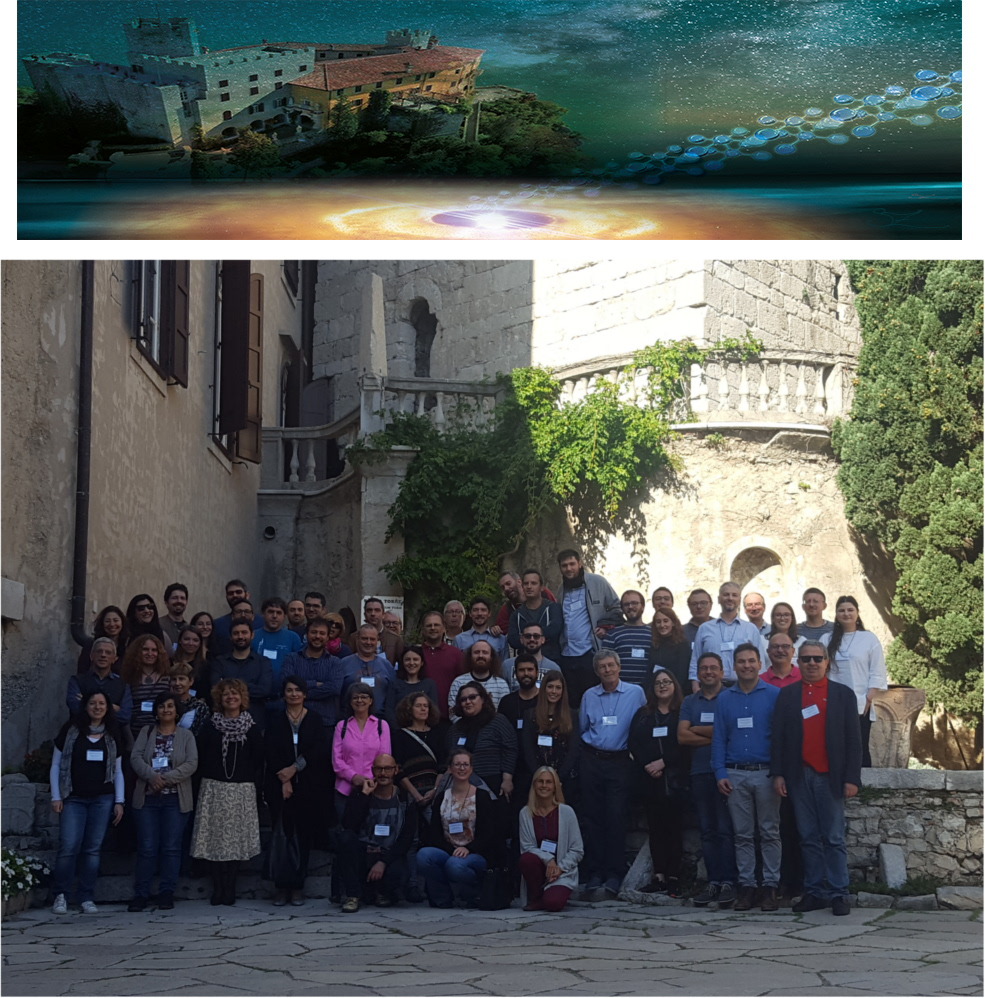Speaker
Description
How the chemical complexity evolves during the process leading to the formation of a Sun and its planetary system? Is the chemical richness of a Solar-like planetary system (partially) inherited from the earliest stages or there is a complete chemical reset? A powerful way to start answering these questions is by comparing the observed astrochemical content in young protostars with that in comets, i.e. with the most pristine known material from which our Solar System formed.
The protostellar phase is characterized by the molecular complexity blooming: when the inner 100 au protostellar envelope are heated at temperatures larger than 100 K, dust mantles products thermally sublimate and enrich the chemical composition of the gas (the so-called hot-corino phase). In addition, dramatic changes in the molecular abundances are expected also because of a warm gas-chemistry at work. While hot-corinos in Class 0 sources are relatively well-known, very little has been done so far to study the overall composition of more evolved Class I sources, which represent the link between the protostellar stage and the planetary system formation.
We present here the chemical census in Class I sources obtained thanks to the synergy between the IRAM-30m ASAI and IRAM-NOEMA SOLIS Large Programs. The SOLIS interferometric observations are used to study the sources on a Solar System scale and are complemented by spectral surveys at thousands au scale performed with the single-dish telescope. The measured Class I molecular abundances are compared with those in Class 0 protostars as well as with that recently measured in the 67P/Churyumov–Gerasimenko comet. Future perspectives on Class I investigations in progress in the context of the astrochemical ALMA FAUST large program will be also reported.

